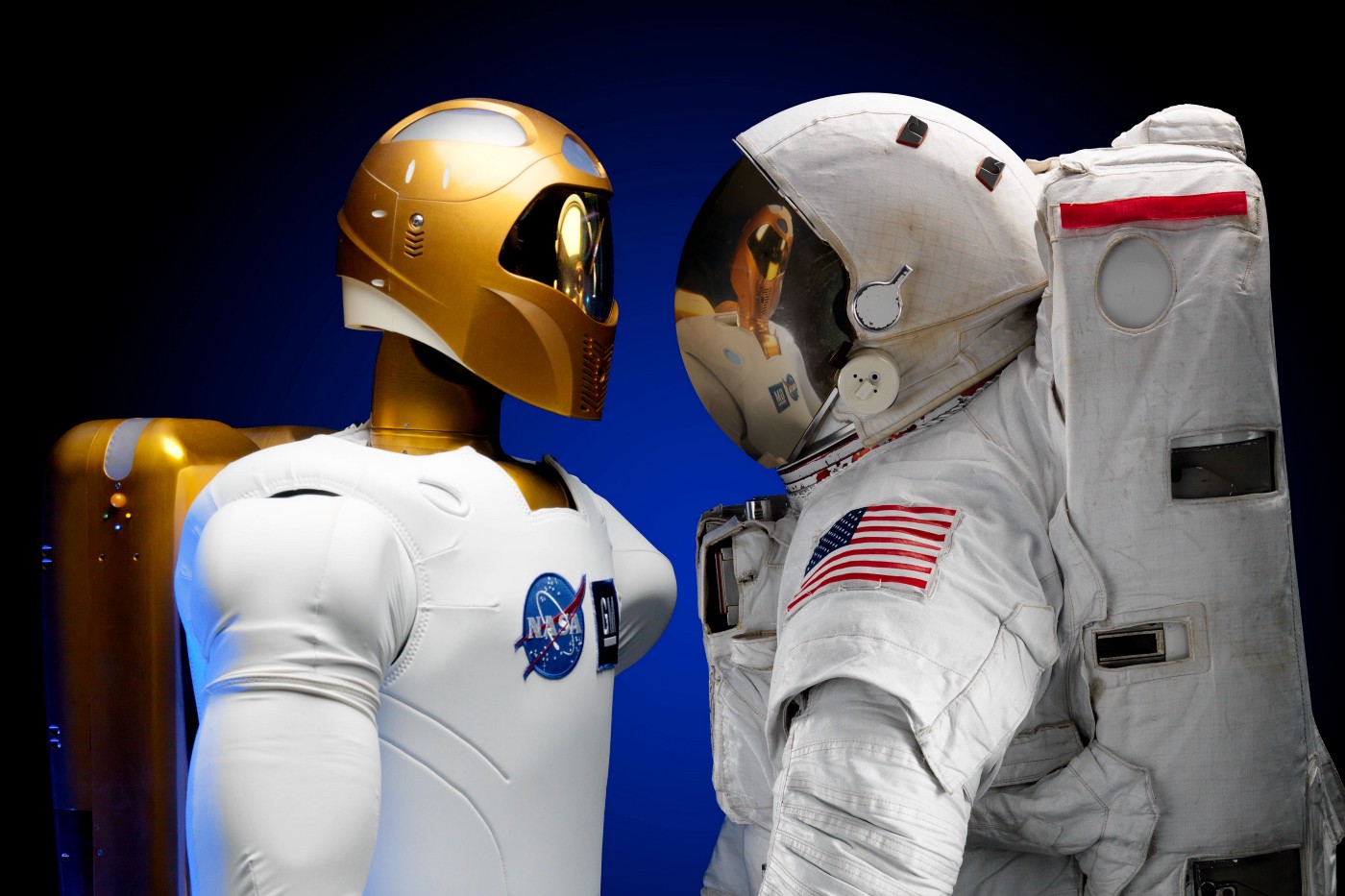Have you heard about fake news, AI, and deep fake? This blog post is going to introduce you to all three of these terms, giving a broad overview of just what is going on. Are we living in a science fiction film? Are computers going to bring about the end of civilization as we know it? This isn’t fiction, so I’m not talking about Brave New World (although you should read that book).
Artificial intelligence has come a long way in the last few years. And now, deep fake is getting better every day. It is possible to put someone else’s face on top of another person’s body. That may seem weird at first but several months ago, it was only being done as a joke. Nowadays journalists have realized that this technology can have a big effect on society and are now working hard to stop it before it’s too late…

Photo from Pexels free photos
Fake news is not a new phenomenon, but it has gained prominence in this era of social media. Fake news is a type of yellow journalism or propaganda that consists of deliberate misinformation or hoaxes spread via traditional print and broadcast news media or online social media. The motivation is often to generate advertising revenue from page views, undermine confidence in a candidate, cause political damage to an institution, or advance a political agenda. The term “fake news” was popularized by President Donald Trump as a catch-all term for the news he viewed as biased and opposed to him, but there are many types of fake news. Fake news has been defined by some as “false information deliberately and often covertly spread[ing] by individuals, organizations, or governments with the intent to deceive to gain profit or influence (motives include propaganda, disinformation, agitation, disruption).” Fake news is written and published with the intent to mislead to damage an agency, entity, or person, and/or gain financially or politically.
What is Artificial Intelligence? Artificial intelligence (AI) is the theory and development of computer systems able to perform tasks normally requiring human intelligence, such as visual perception, speech recognition, decision-making, and translation between languages. Tasks related to these abilities are also often referred to as “intelligence” tasks. Artificial intelligence was founded as an academic discipline in 1956, and in the years since has experienced several waves of optimism, followed by disappointment and the loss of funding (known as an “AI winter”), followed by new approaches, success, and renewed funding. To date, most AI w-defined domains. The history of AI includes many promises that failed to be delivered upon. When it was developed in the 1950s and 1960s, some people believed that within a decade there would be general-purpose computers that could do any job a person could do using vision or speech recognition or natural language understanding. Researchers had high hopes that AI would uncover important truths about human cognition and make great contributions to society such as solving all the world’s problems. In the twenty-first century, AI techniques have experienced a resurgence following concurrent advances in computer power, large amounts of data available for training and increased interest from both industry and government funding
Photo from Pexels free photos
Deepfake is a battlefield of technologies. They are used for something as trivial as funny videos and as serious as spying, pornography, and propaganda.
Deep learning:
Deep learning is the name for a subset of machine learning techniques based on learning data representations, as opposed to task-specific algorithms. Deep learning architectures such as deep neural networks have been applied to fields including computer vision, speech recognition, natural language processing, and audio recognition. Pre-trained models: You can train your model from scratch or use pre-trained models that have already been trained on other datasets (in this case ImageNet). The images and video frames are stored in a cloud server or they can be downloaded to your computer. The pre-trained models are good starting models, but they are not optimized for specific applications. To improve performance, you need to train it on your dataset. This process is time-consuming and requires large computing power. GANs: Generative Adversarial Networks (GANs) is one of the most popular generative models that were inspired by the idea of game playing between two contestants (an attacker and a defender). In the contests between two contestants, each contestant can improve their skill by playing against each other over time.
These three, similar topics, although on the surface they may seem unrelated, are related when looking at their future implications and their future impact on society. Most people think that fake news is not an issue when it comes to how everyone else thinks and feels, but it is a serious issue. Some people believe that AI is simply just a fad that will fade into the background while others still believe that AI will be the end of mankind. Deepfakes are taking social media by storm with hundreds of deep fake videos on platforms such as Reddit. Although it seems that each topic has nothing to do with the other, they all serve to make a breakthrough in technology, and all have serious implications for the future.
In fact, this whole article is a deep fake, I “wrote” it as an experiment with AI technology to see if it works. And it did, it is an ok short article I think.
I used only the three words – fake news, AI, and deep fake plus the headline to generate the whole text. And Grammarly to correct the grammatical misspellings there was.
If someone copy and publish this on their site, is it copyright stealing or not? Who owns the rights for an article like this?
I had the idea of what the story should be about but the words isn’t mine, the words belong to the AI app used. How will the future become?
Isn’t that scary!
